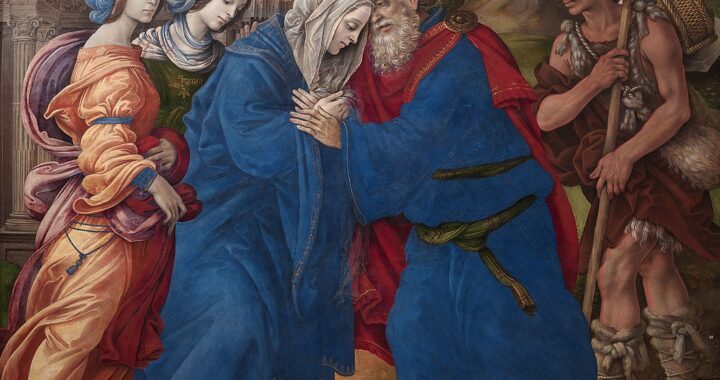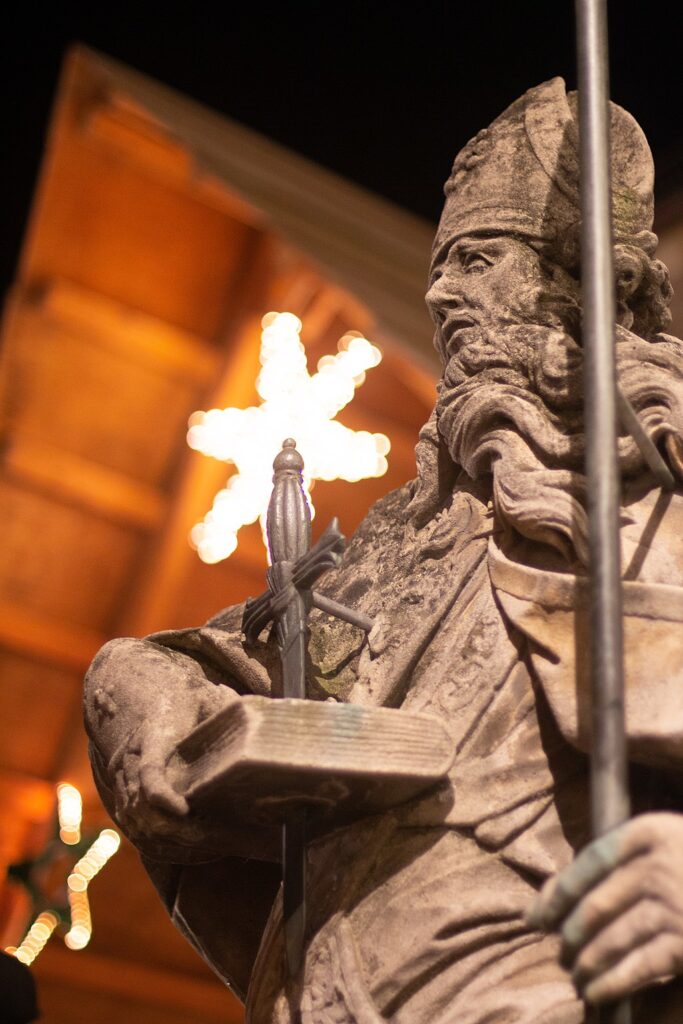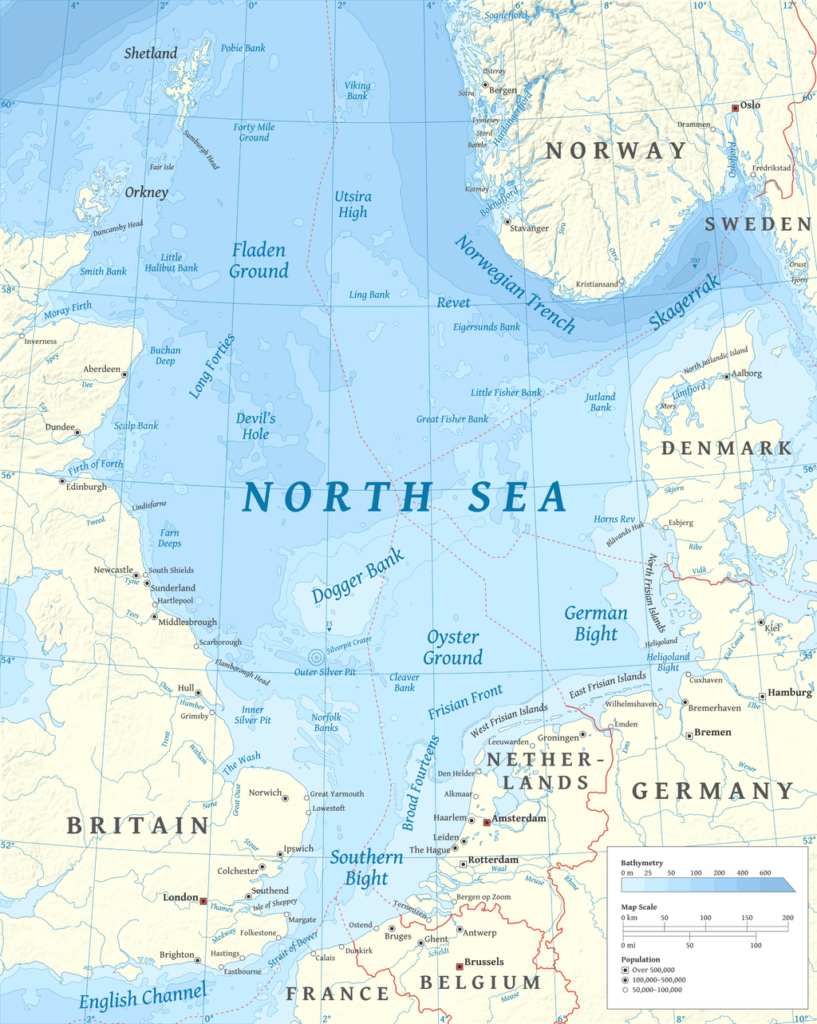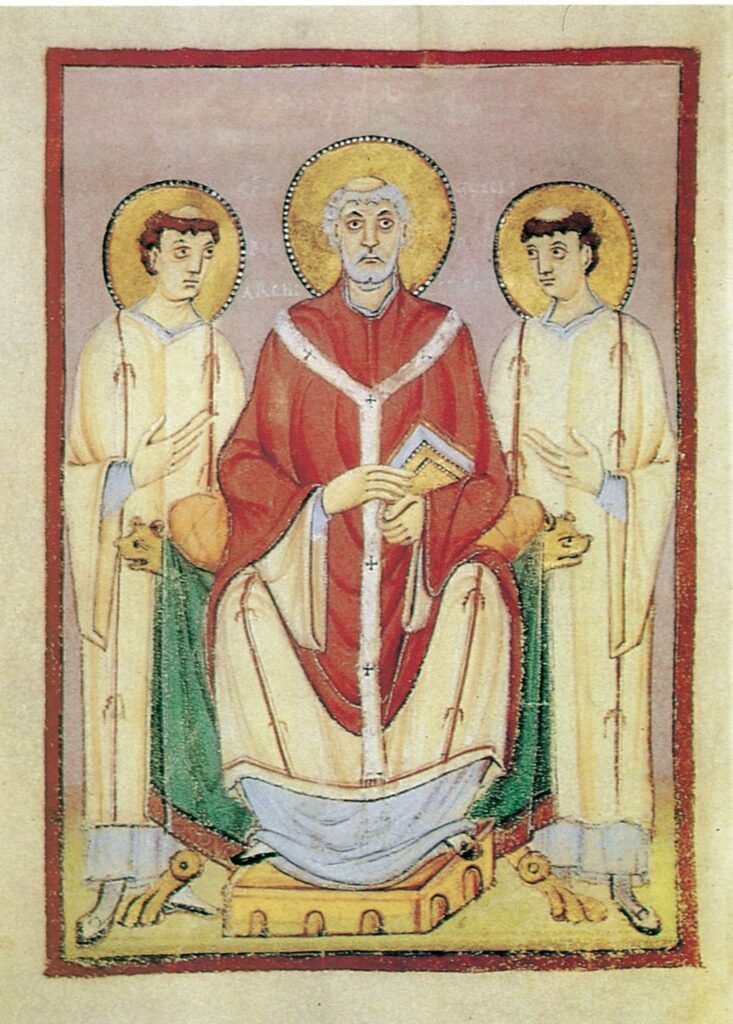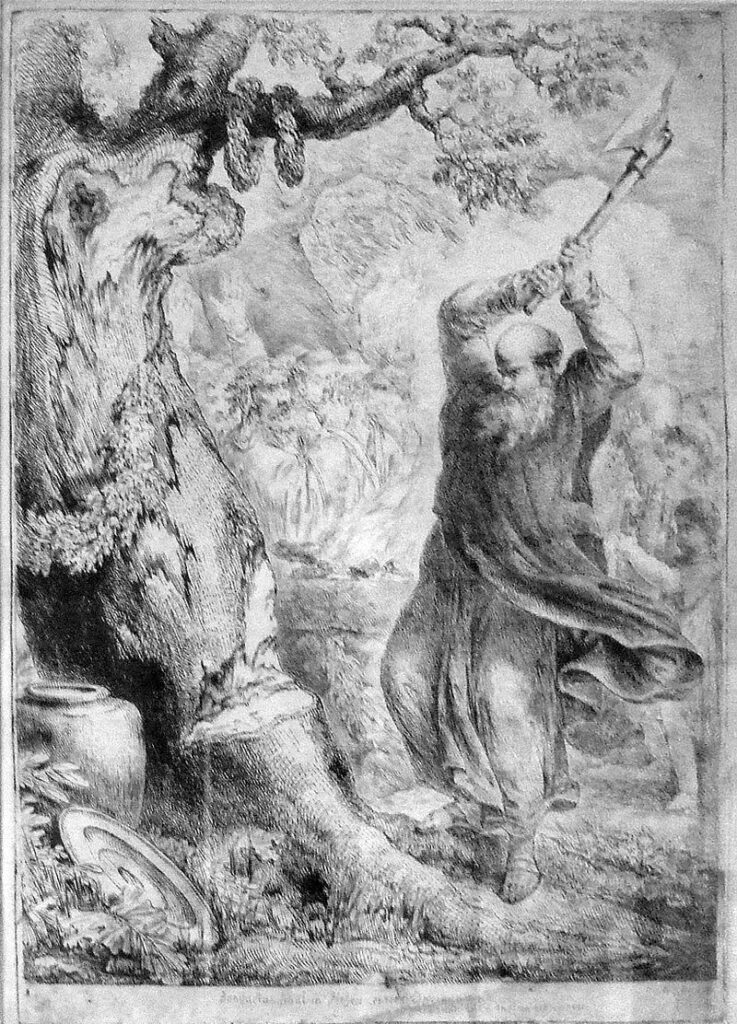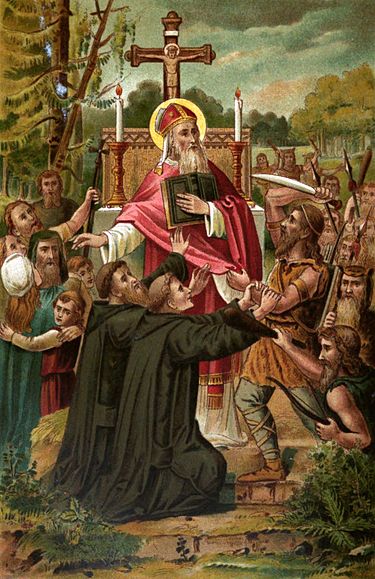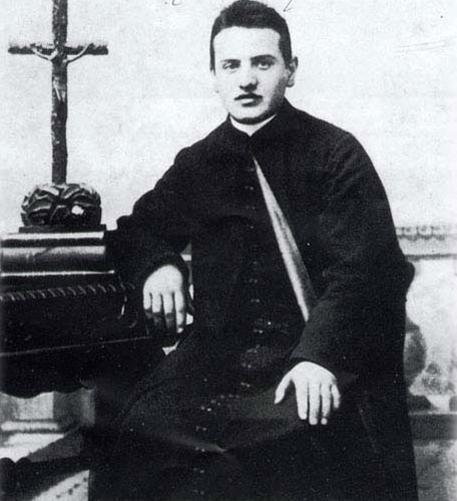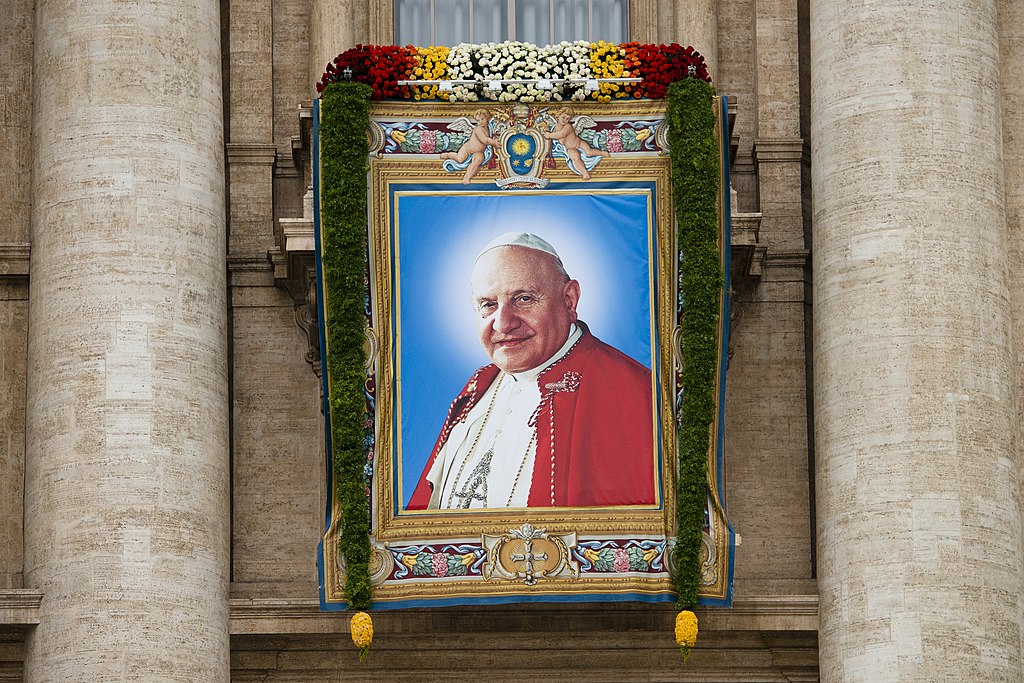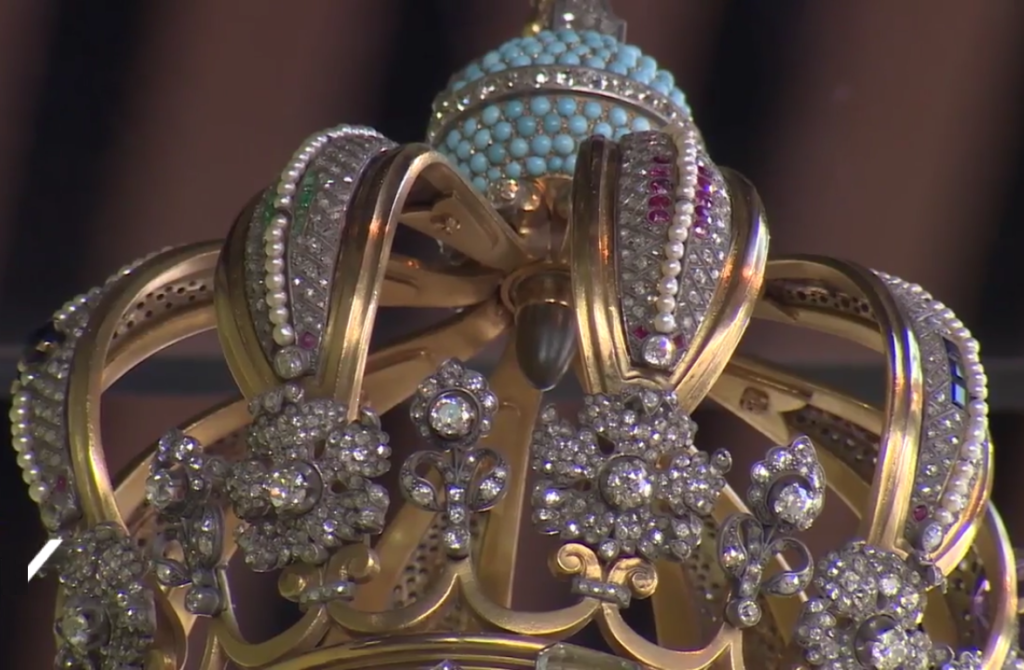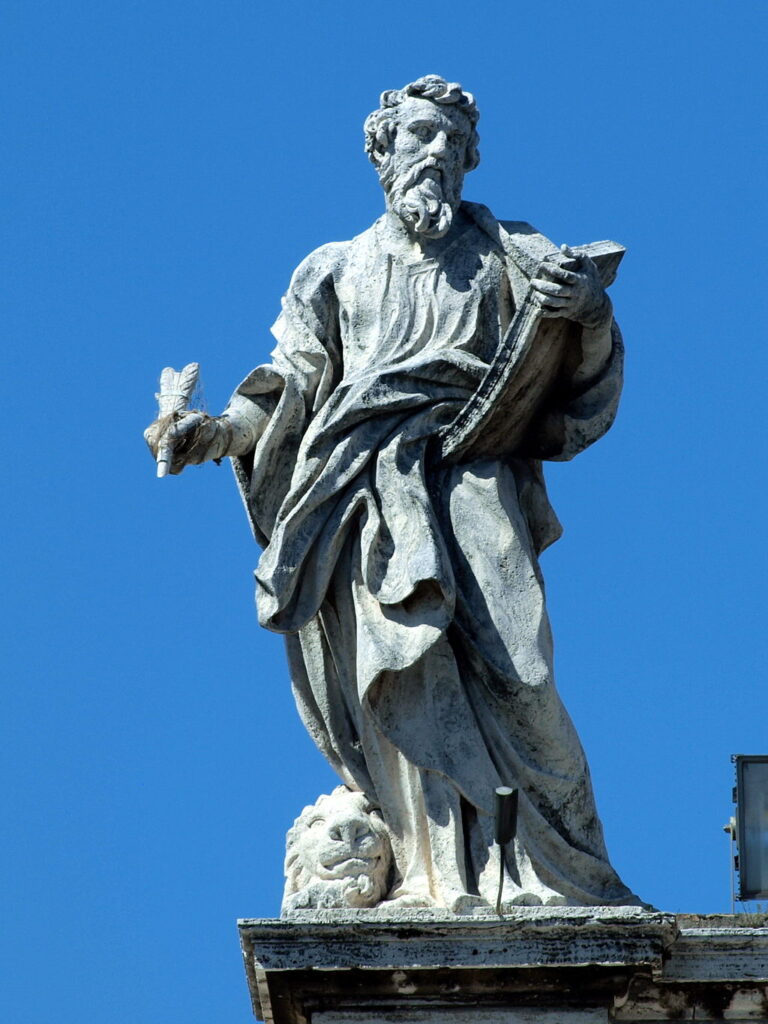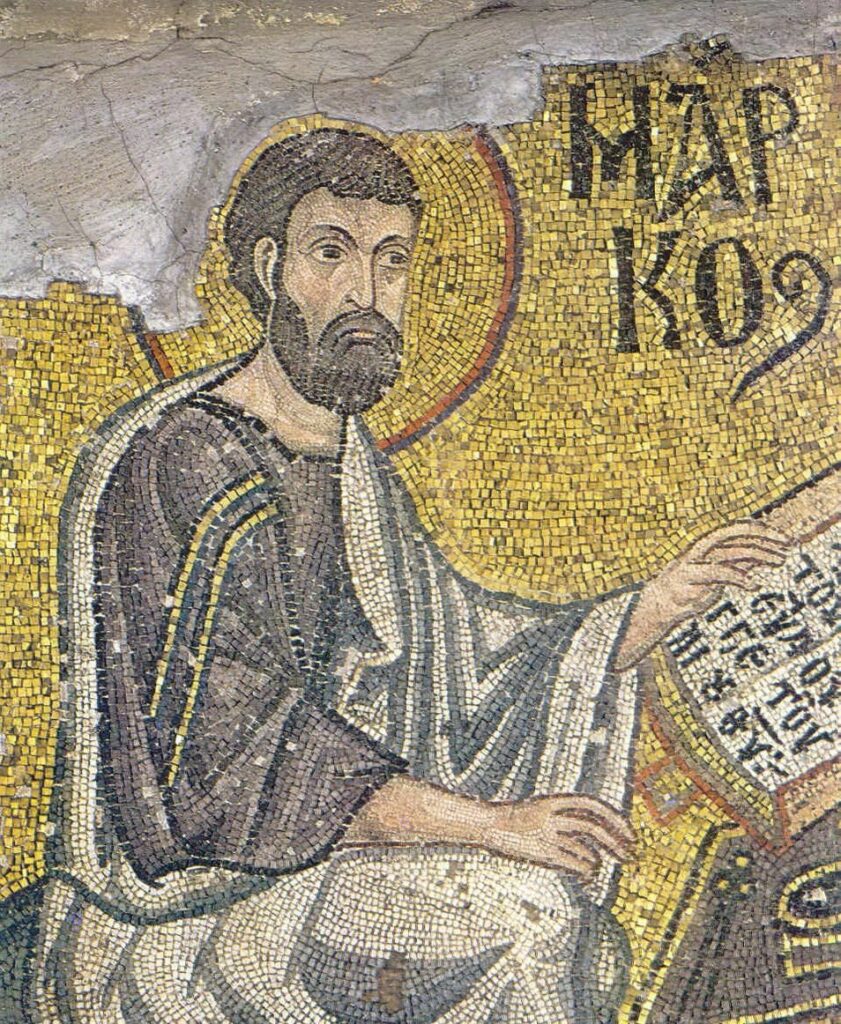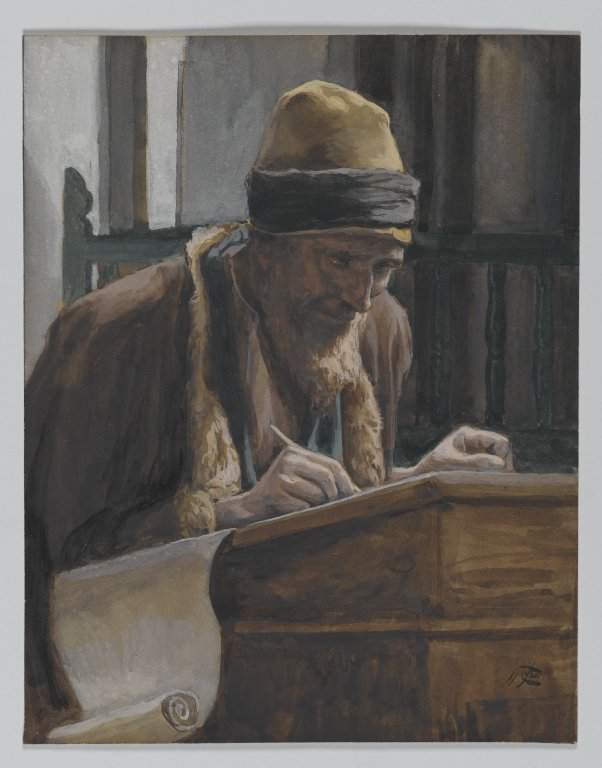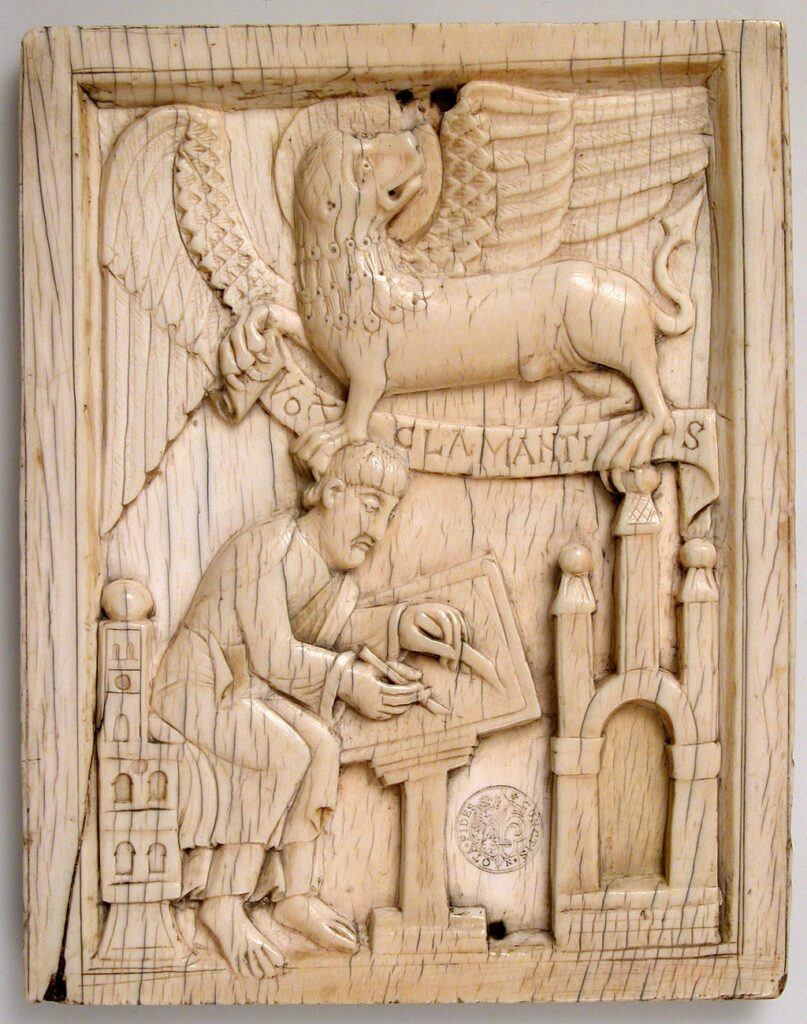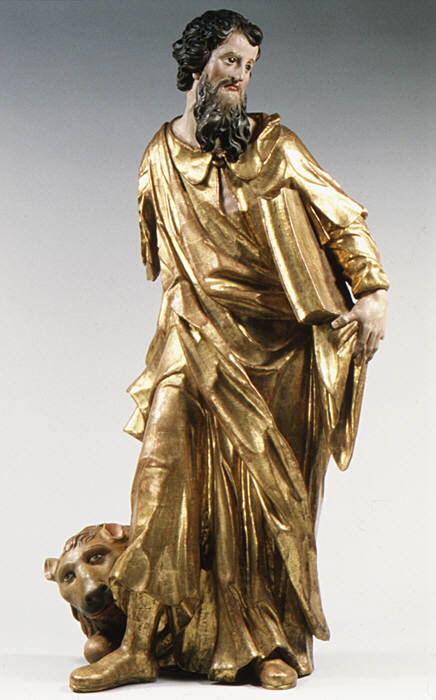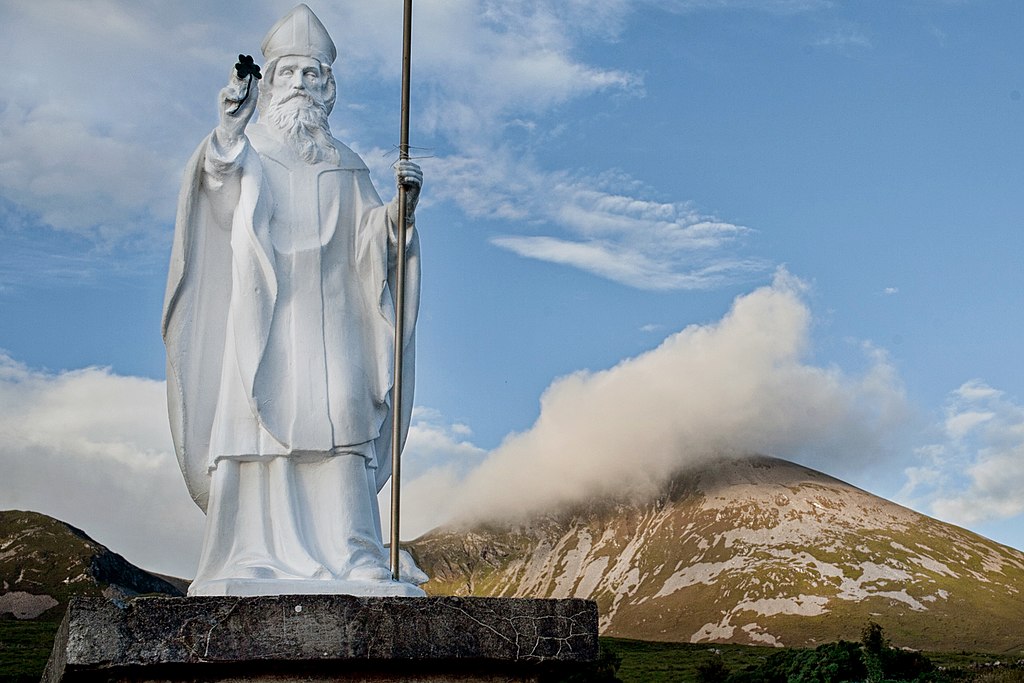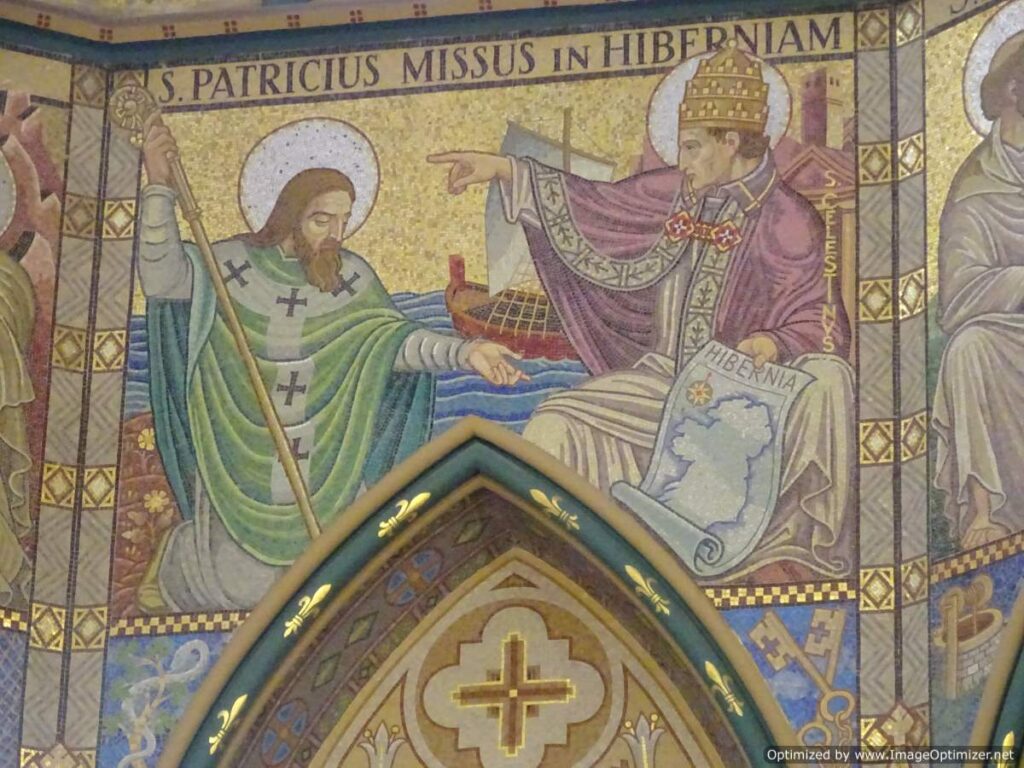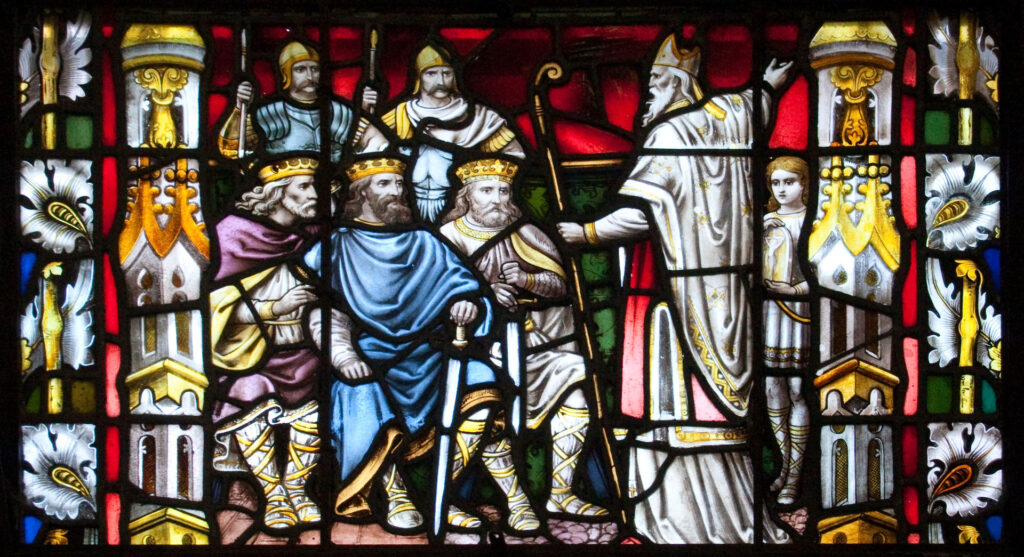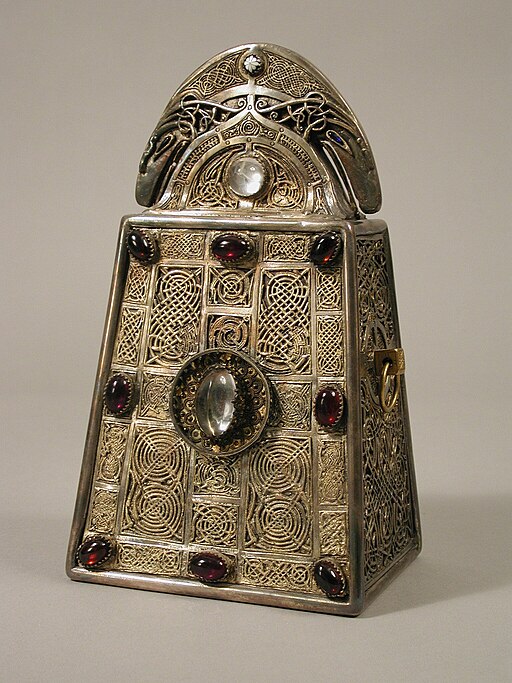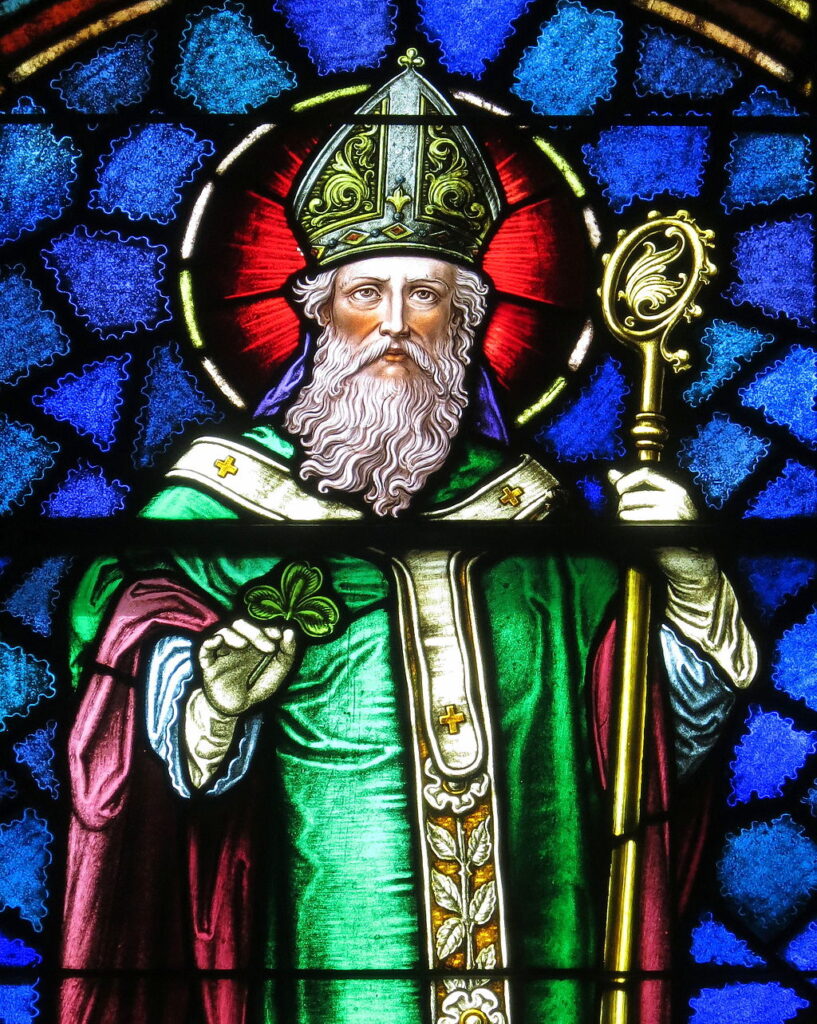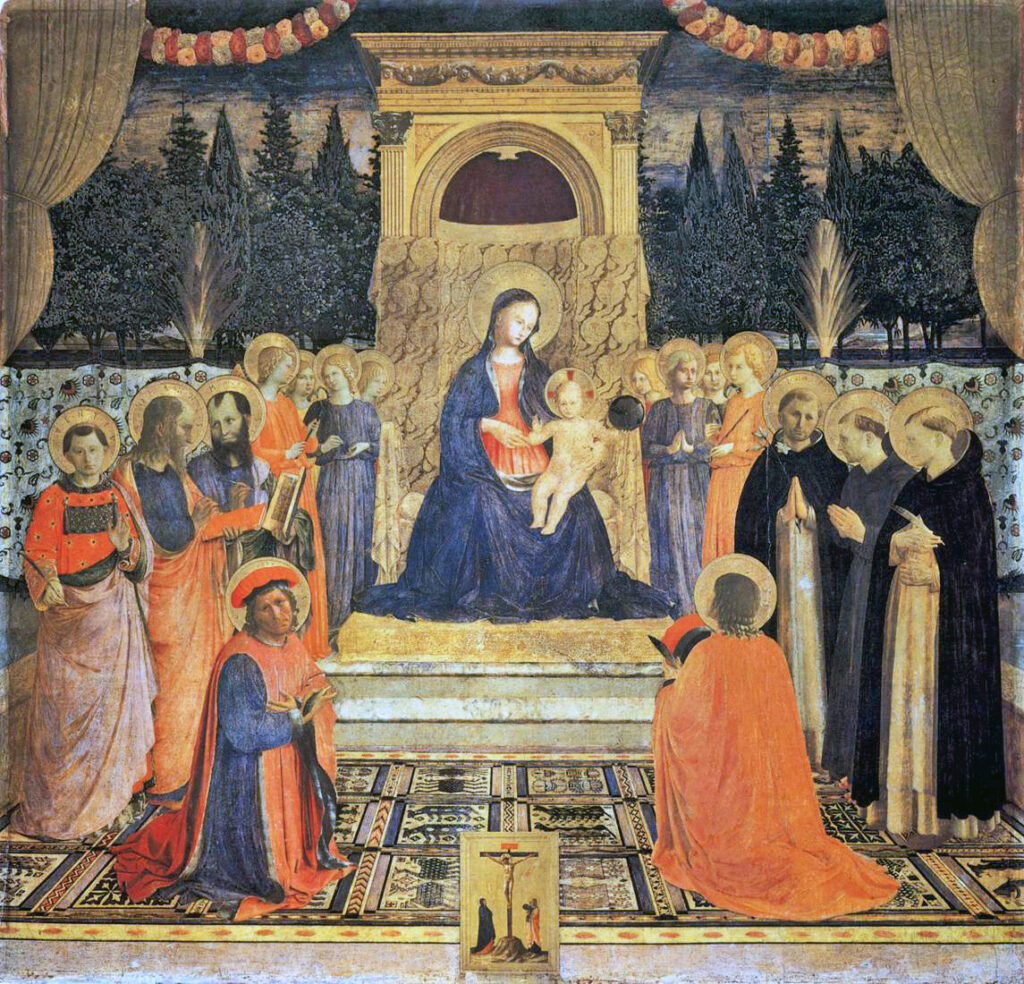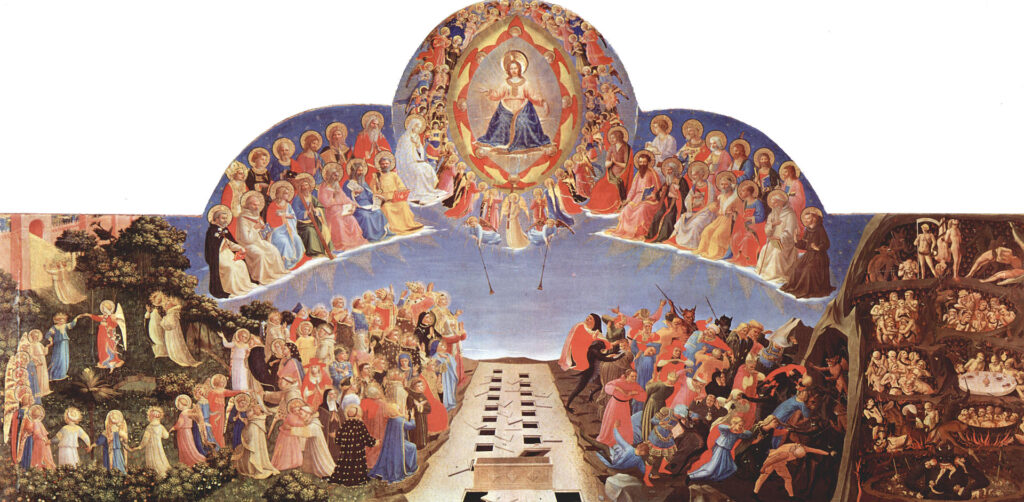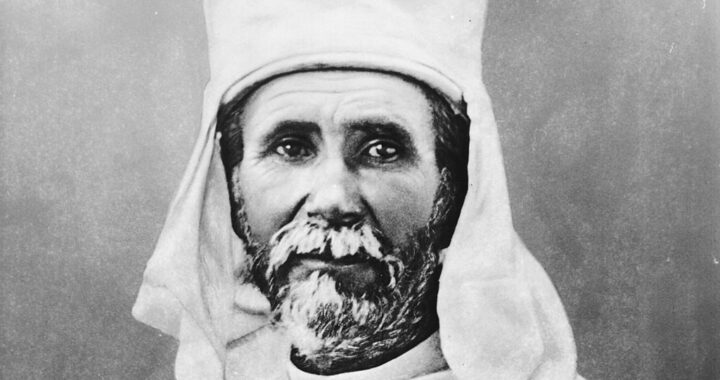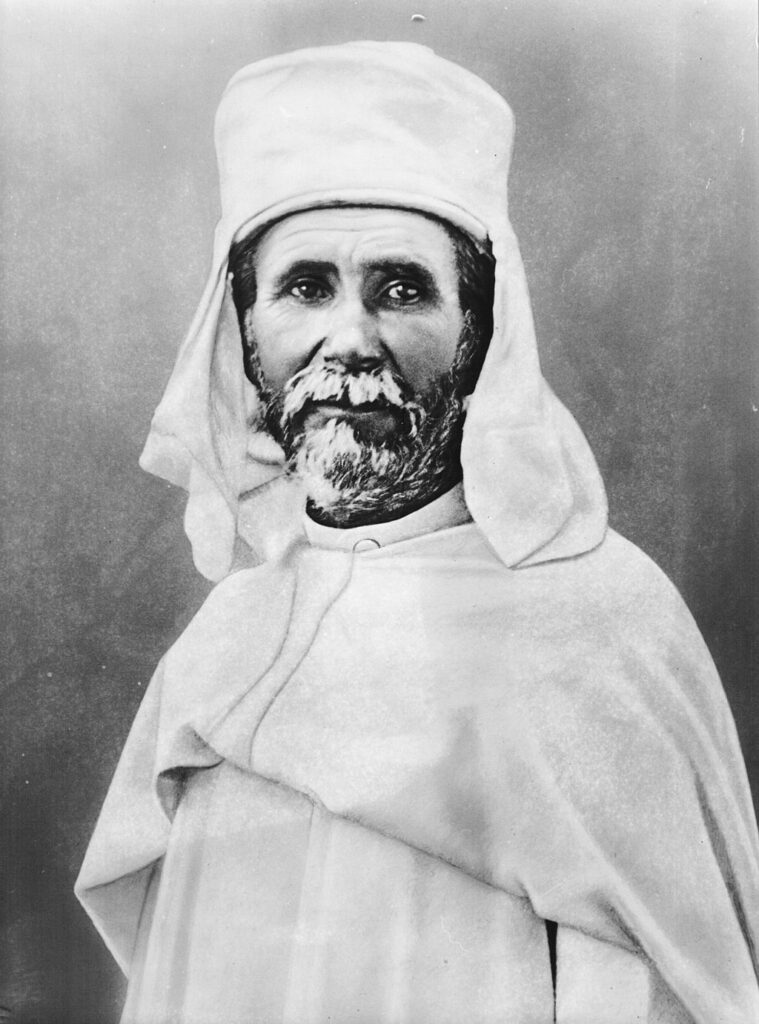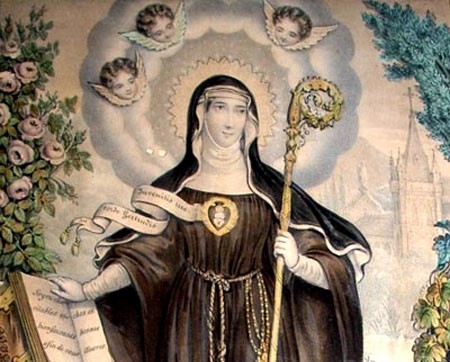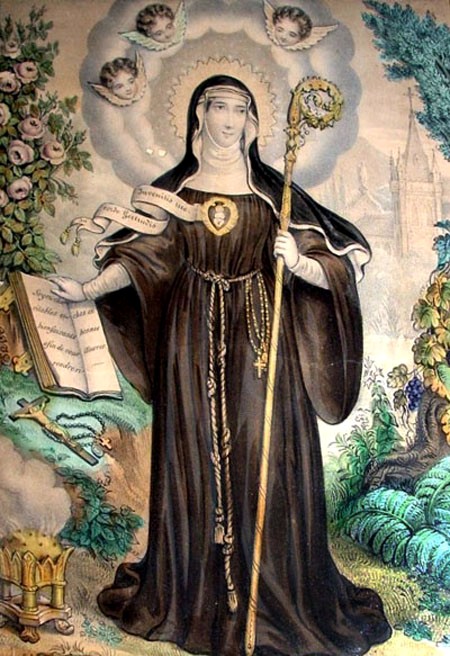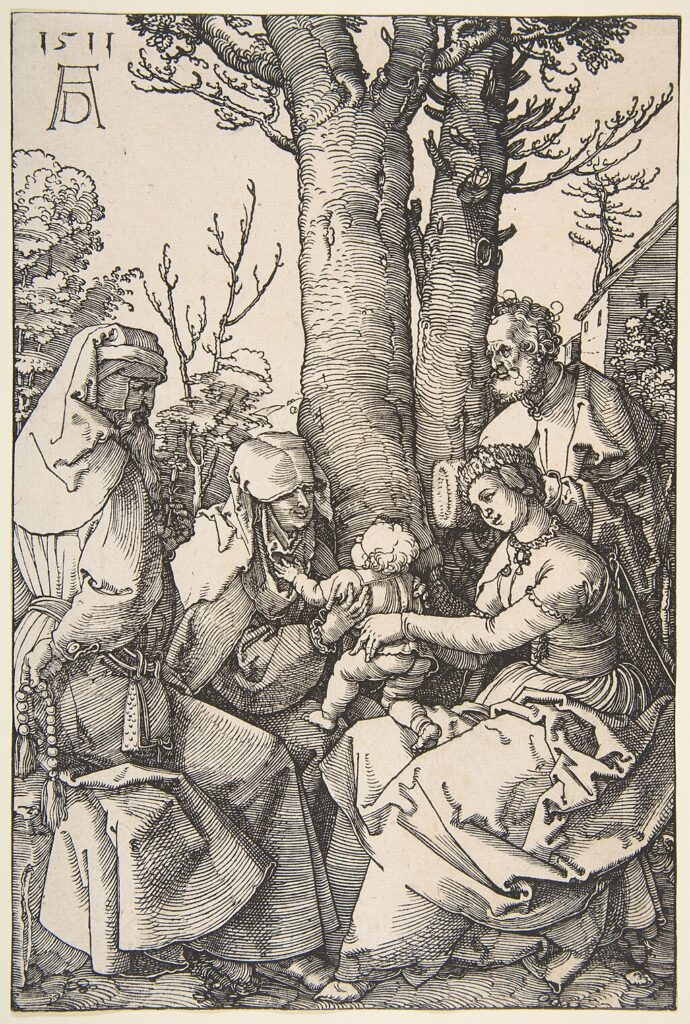
All images are from Wikimedia Commons
Yes, our Lord and Savior Jesus Christ had grandparents. This should not surprise anyone. After all, every human baby has a mother and a father, and those parents have parents too. Since Jesus was born of a woman—like all of us—Jesus had grandparents.

However, the only inerrant source of information about our Lord is the Bible, and the Bible only gives us the names of Saint Joseph’s ancestors. The father of Joseph is listed as Jacob in Matt 1:16 and Heli in Luke 3:23. This inconsistency is not an inconsistency since ancient genealogies sometimes omit generations, and ancient family trees were not kept for the same reason that many people today perform genealogical research. Instead, these genealogies were included by the evangelists to remind us that Jesus was descended through God’s Chosen People and that there were great men and women of faith in his lineage: Adam, Abraham, Isaac, Jacob, Judah, Ruth, David, and Solomon.
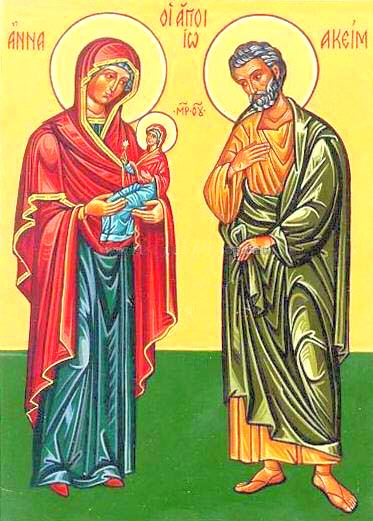
But Mary, being a woman, must have had parents too, and Christians have been devoted to her parents for many centuries. Among Eastern Christians, devotion to Mary’s parents can be dated to at least the fourth century, when some early church buildings were built and named in their honor. In the Western Church, devotion to the parents of Mary has been more sporadic, probably because Church leaders have needed to crack down on legends about Mary and her parents that have grown in unhelpful ways or have been assumed to be fact.
Typically, these legends have arisen from a few extrabiblical books, particularly the Protoevangelium of James. The Protoevangelium of James is a second century writing that describes the conception and birth of Mary and the conception and birth of Jesus. While this book includes many of the details about Jesus’ birth which are found in the Gospels of Matthew and Luke, it also includes other stories and some odd passages. However the author received his information, it’s clear that the author of the Protoevangelium of James was trying to answer questions that had been left unanswered by the Gospels.
For example, this book claims that Mary’s parents were named Joachim and Anne. Maybe they were. In the absence of proof otherwise, it is certainly reasonable to follow this ancient tradition and refer to them as Saints Joachim and Anne.
According to the Protoevangelium of James, Joachim was a wealthy man, but he and Anne were childless. Grieved by this, he left his home to fast and pray for forty days and nights in the desert. In his absence, Anne grieved also and even endured taunting by her maid about her childlessness. An angel appeared to each of them individually, told them that the Lord had heard their prayers, and promised them a child. Both were overjoyed and hurried toward one another with their good news. They met at the city’s gate. (The following images portray some of the many artistic works showing us that happy moment.)
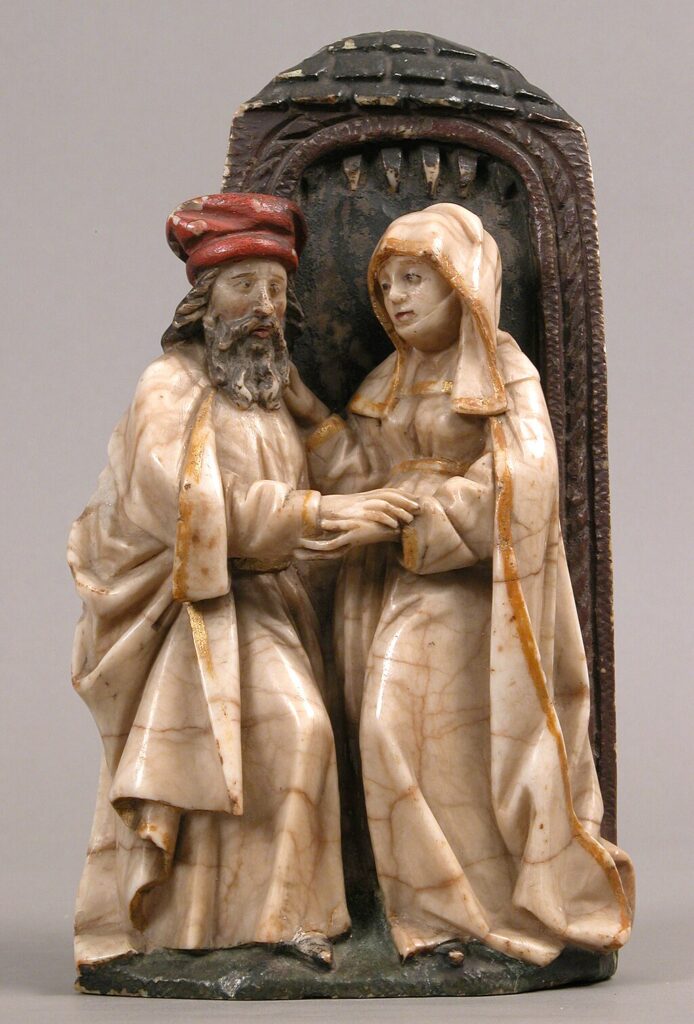

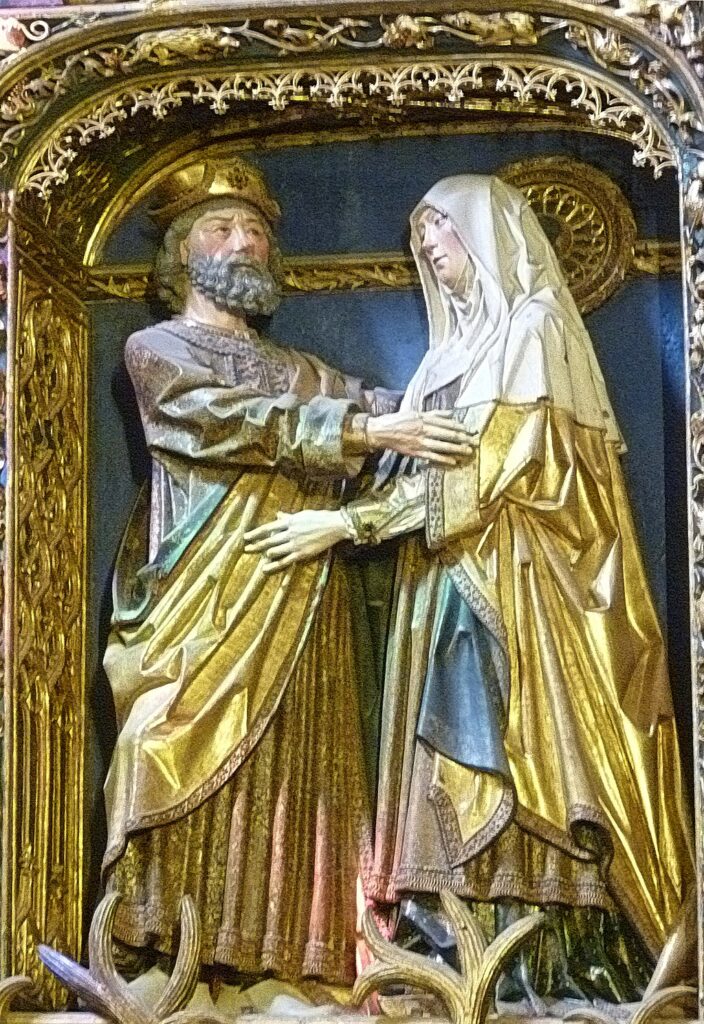

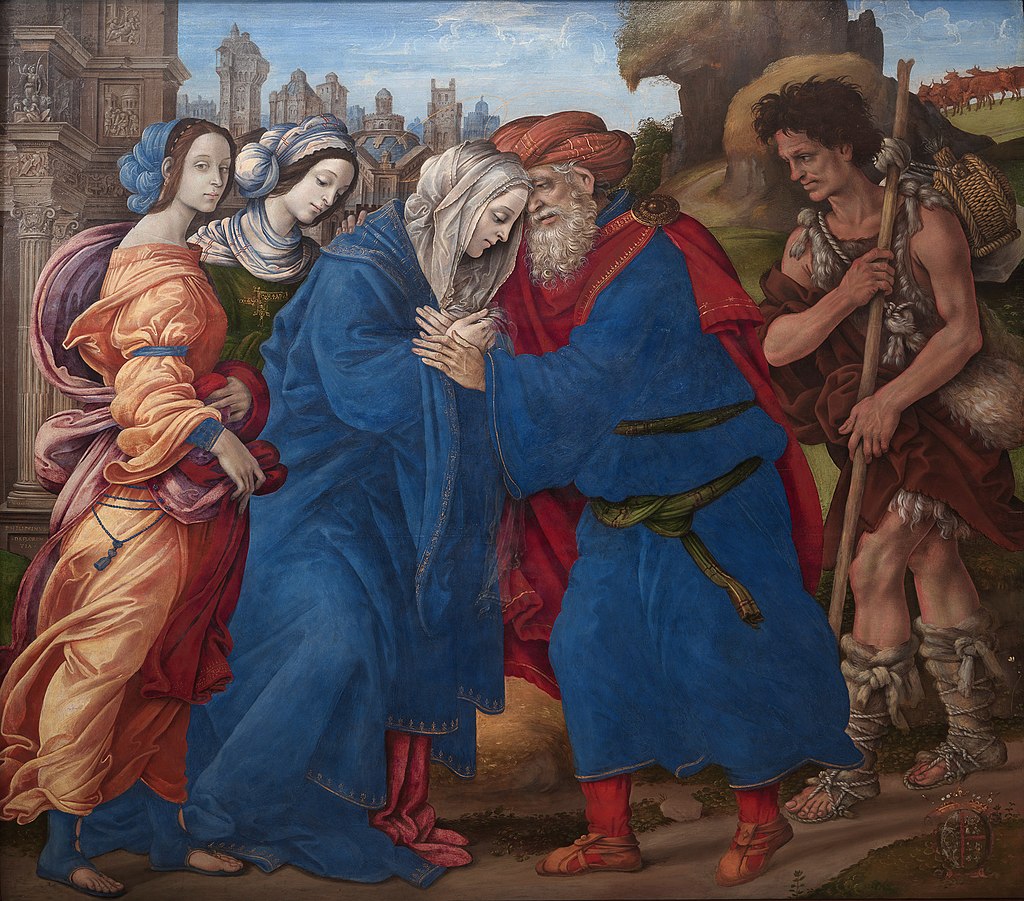
Nine months later, Anne proclaimed her own Magnificat of thanksgiving, just as Mary did at the conception of Jesus (Luke 1:46-55). Anne did everything she could to make her home a sanctuary so that her long-awaited daughter would always remain pure. When Mary was three years old, Anne fulfilled a previous vow to dedicate this child to the service of God, and she left Mary at the Temple in Jerusalem in the care of the priests.
Whether or not this story bears any relation to Mary’s actual conception, birth, and childhood is unknown. But this portrayal does bear many similarities to other biblical stories. Joachim and Anne’s wealth and childlessness mirrors that of Abraham and Sarah. Just as Joachim and Anne learned about their future child from an angel, so did the parents of Samson, as well as Mary and Joseph. The unkind maid criticizing her mistress sounds much like the story of Sarah, the tormented future wife of Tobiah in the book of Tobit. Many details about Anne—including her similar name—are reminiscent of the story of childless Hannah and her son Samuel, as described in 1 Samuel.
In short, the author of the Protoevangelium of James wove together many miracle stories from the Old Testament to show that God had prepared the way for Mary to become holy, pure, and far greater than any one of her ancestors. Perhaps some of the details in this account are true. Perhaps not.
Either way, we can be certain of one thing. The Blessed Virgin Mary had only one goal in her earthly life and now has only one goal in Heaven: to lead people to her Son, Jesus Christ. These stories about Joachim and Anne could be useful to us as Christians insofar as we allow them to help us remain focused on that same goal. Like Joachim and Anne, we can pray, fast, and turn to God in our sorrow. When God hears our prayers and gives us our hearts’ desire, we can be thankful and continue to make sacrifices to Him, demonstrating that we know the source of all the blessings of our lives.
The story of Joachim and Anne also points to an important truth. To prepare Mary’s parents for the gift of a holy daughter—the woman who would crush the head of the ancient serpent (Gen 3:15) and undo the sin of Eve—it is highly likely that God would help them become the best possible parents for that holy child. Perhaps years of childlessness and suffering were necessary to help them understand the joy of being blessed by God. Also, although Mary’s body was conceived through ordinary marital relations, her soul was pure from the moment of conception. Having such a holy child would not be as easy as it sounds.
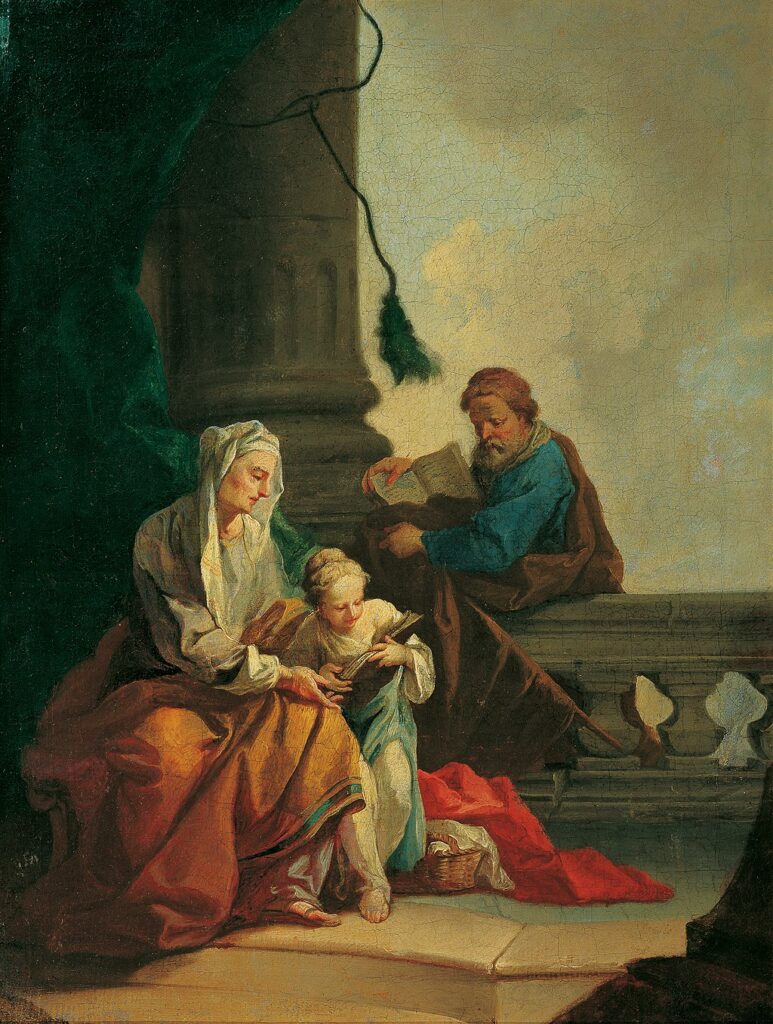
Were Jesus’ grandparents alive when He was born? Did they play with Him as a baby, give Him presents, teach Him about His family history, or watch Him grow into a man? Probably not, since they are never mentioned in the Gospels. But they existed, and particularly on July 26, their feast day, we can ask them to help us love Jesus Christ with all our hearts, as they did.
Countries with a particular devotion to Saints Joachim and Anne include: Brazil, Canada, France, and Italy.
